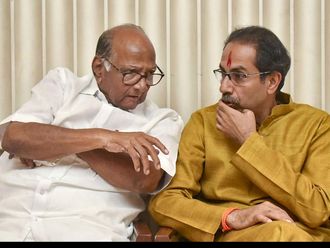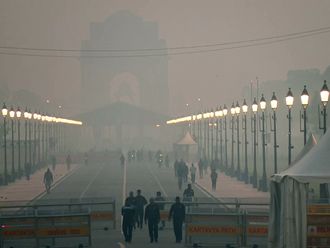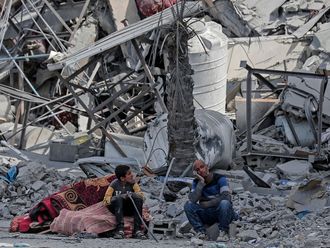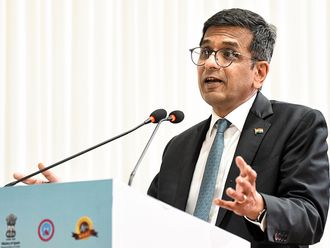There can be no going back to the days of the Cold War between the Soviet Union and the West, where nations strained on both sides of an Iron Curtain, the world poised at varying degrees of alert from the ever-present threat of nuclear obliteration.
The thaw has long set in between Russia and the North Atlantic Treaty Organisation (Nato), and the doomsday clock has been all but dismantled to a time of permanent peace. That peace, however, is not without tensions. Russian President Dmitry Medvedev has warned of the possibility of a new arms race between Russia and the West within the next decade unless Moscow reaches a deal with Nato on a joint missile-defence shield.
Under former president George W. Bush, the US acted with near singular ambition to impose the missile shield over Nato and the US, excluding Russia and willing to site anti-missile missiles on soil which belonged to the former Soviet republics.
At the Nato summit in Lisbon in November, Medvedev offered to participate in a combined missile defence shield. Moscow, however, wanted to be treated as an equal partner. Republican gains in the US midterm elections have significantly increased the power of the hawks in Washington. Now Medvedev is talking tough, with reports hinting he is willing to deploy tactical nuclear weapons to Kalingrad, a Russian enclave sandwiched between Poland and Lithuania, neutralising the missile shield in Poland and the Czech Republic.
Nato, the US and Russia have but one way forward — work on a new Strategic Arms Reduction Treaty stalled because of the midterm election results.








